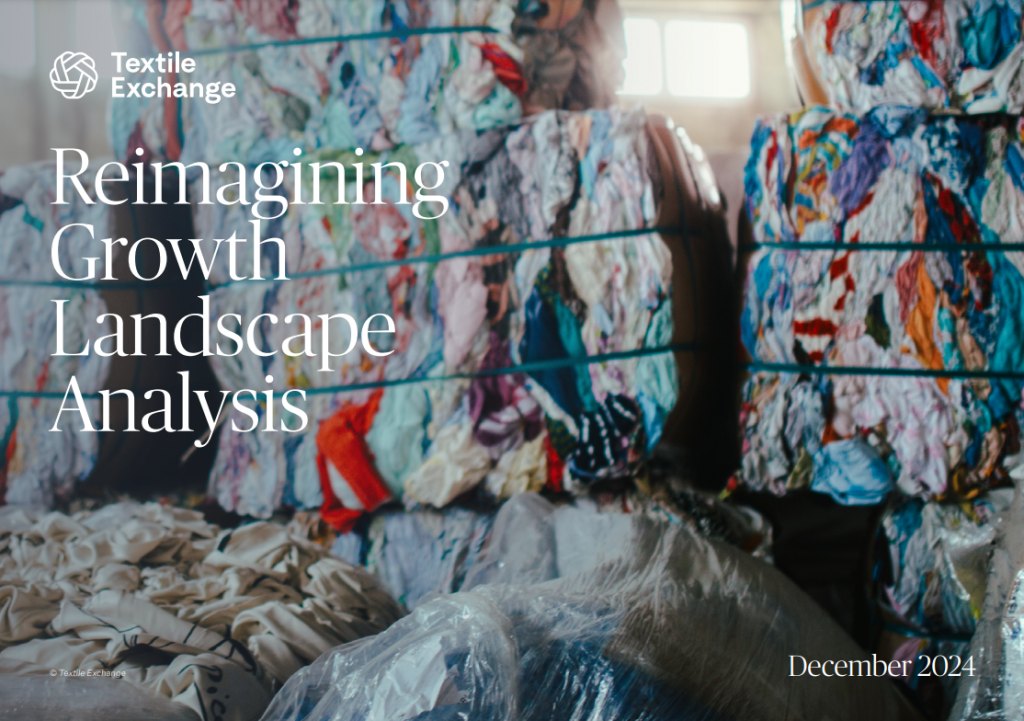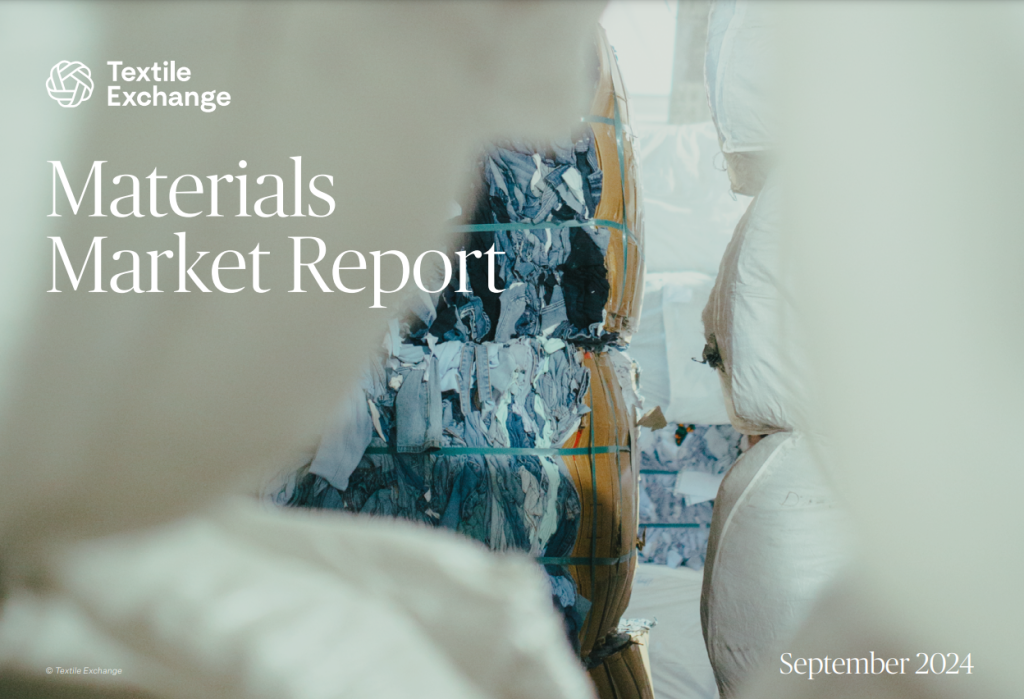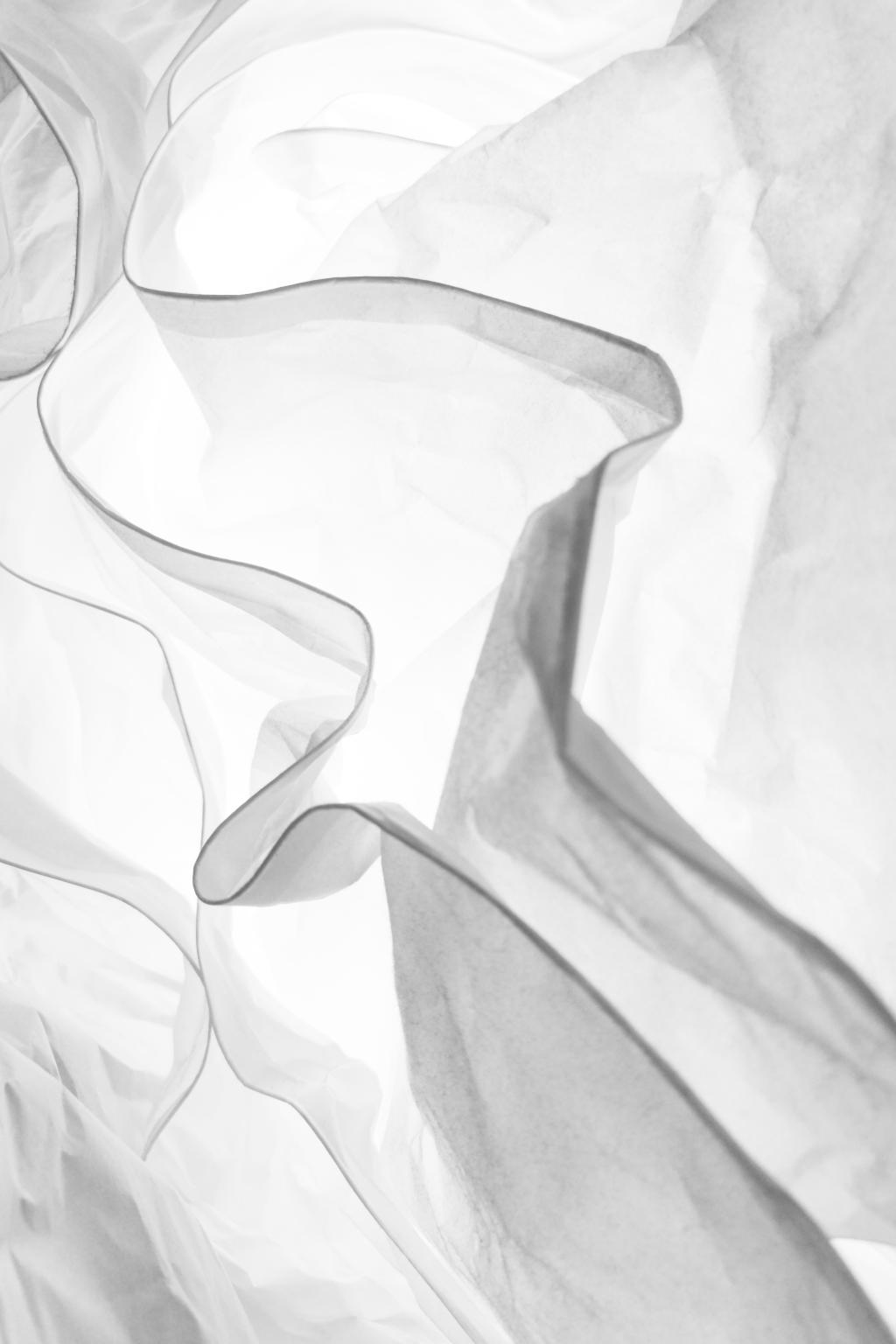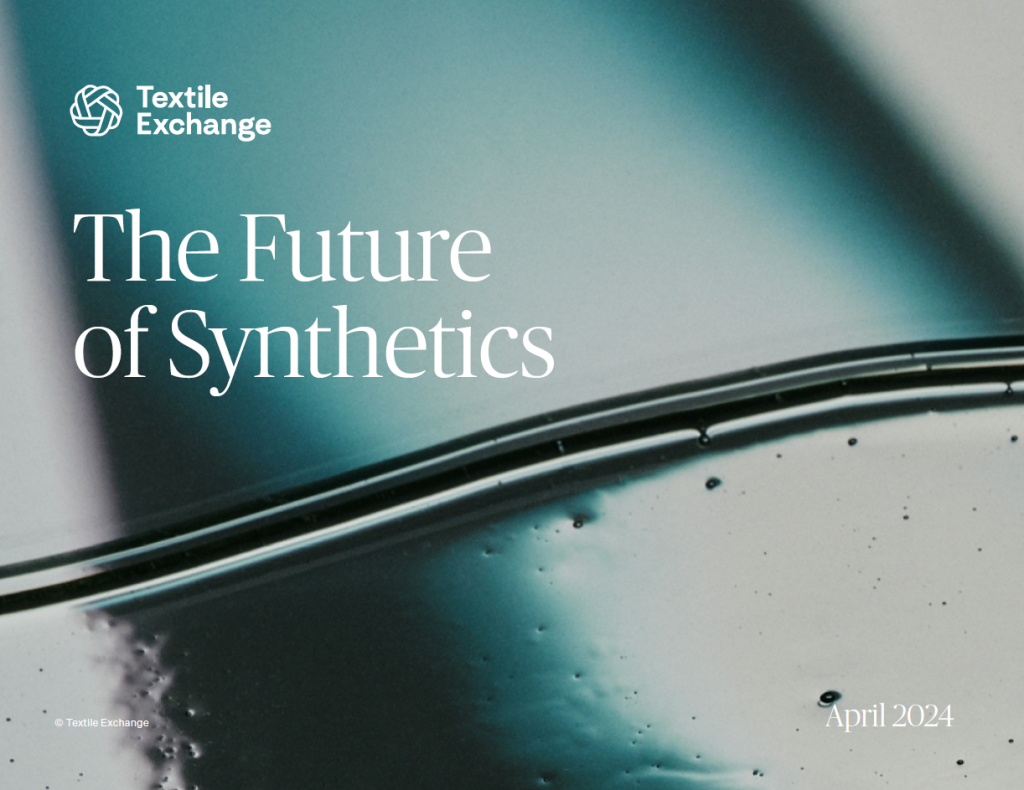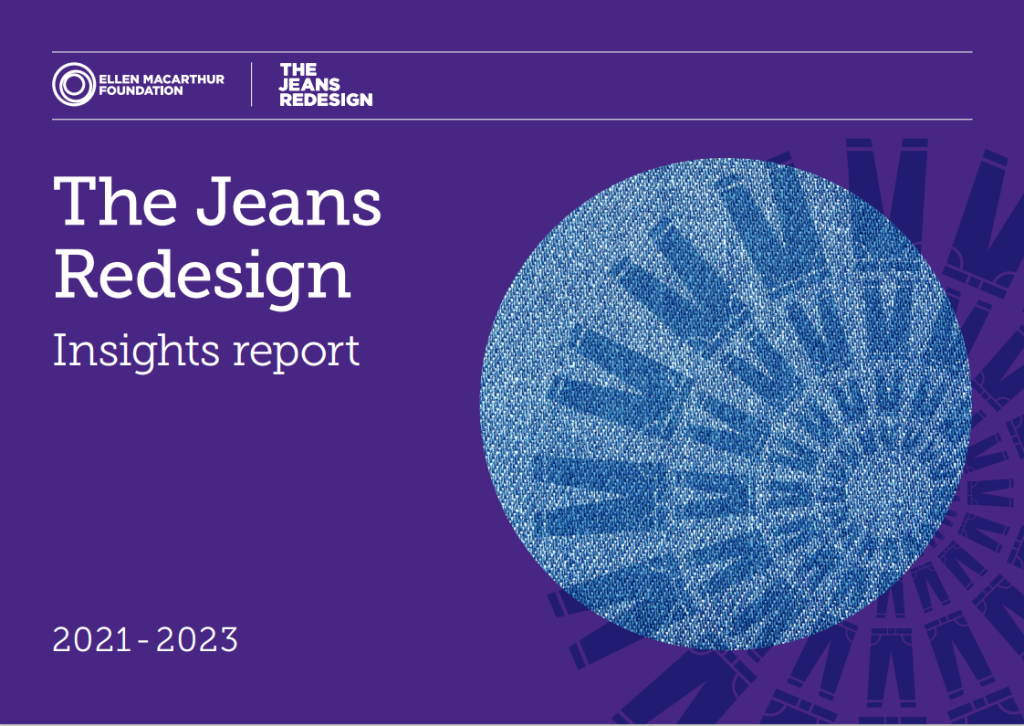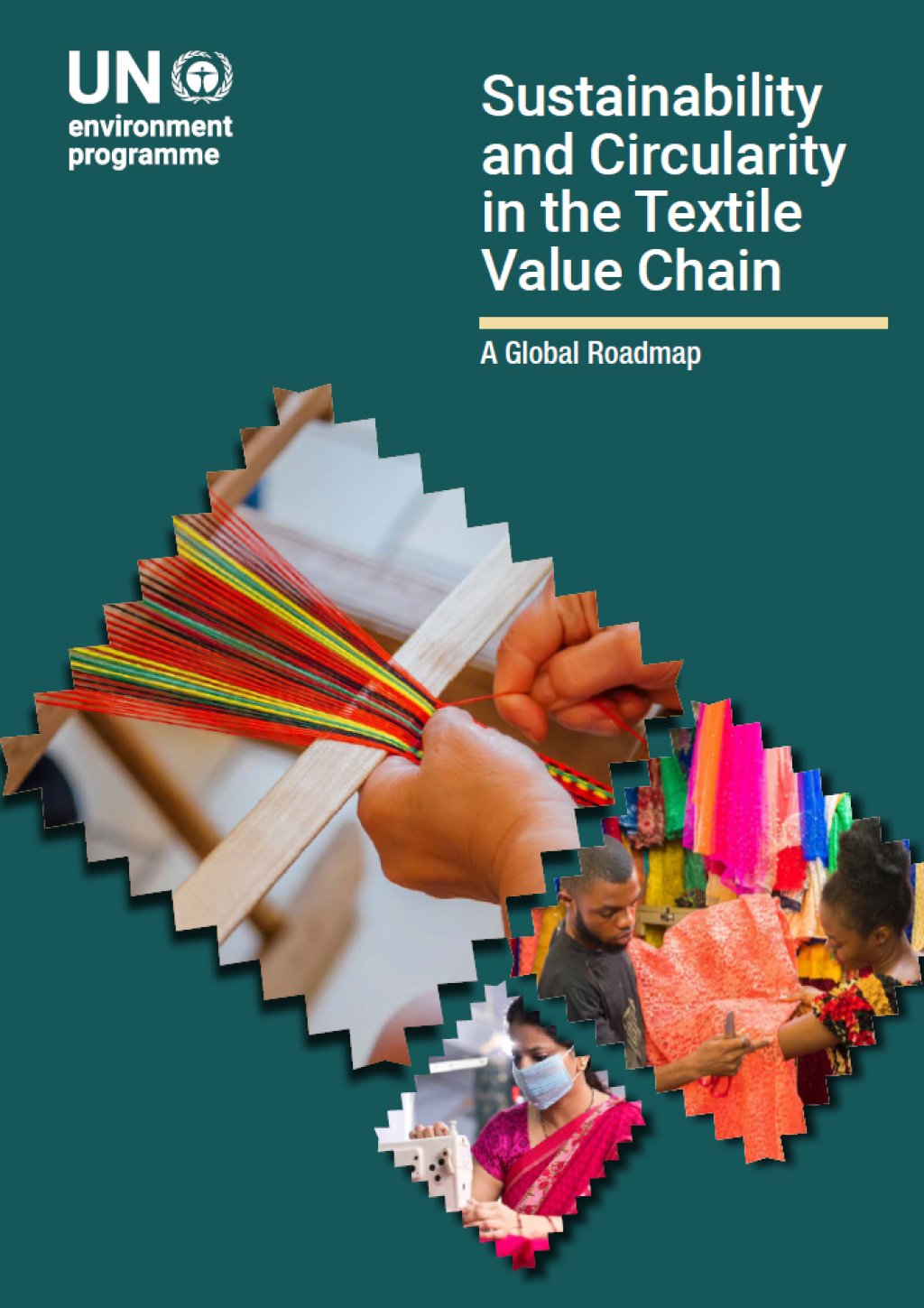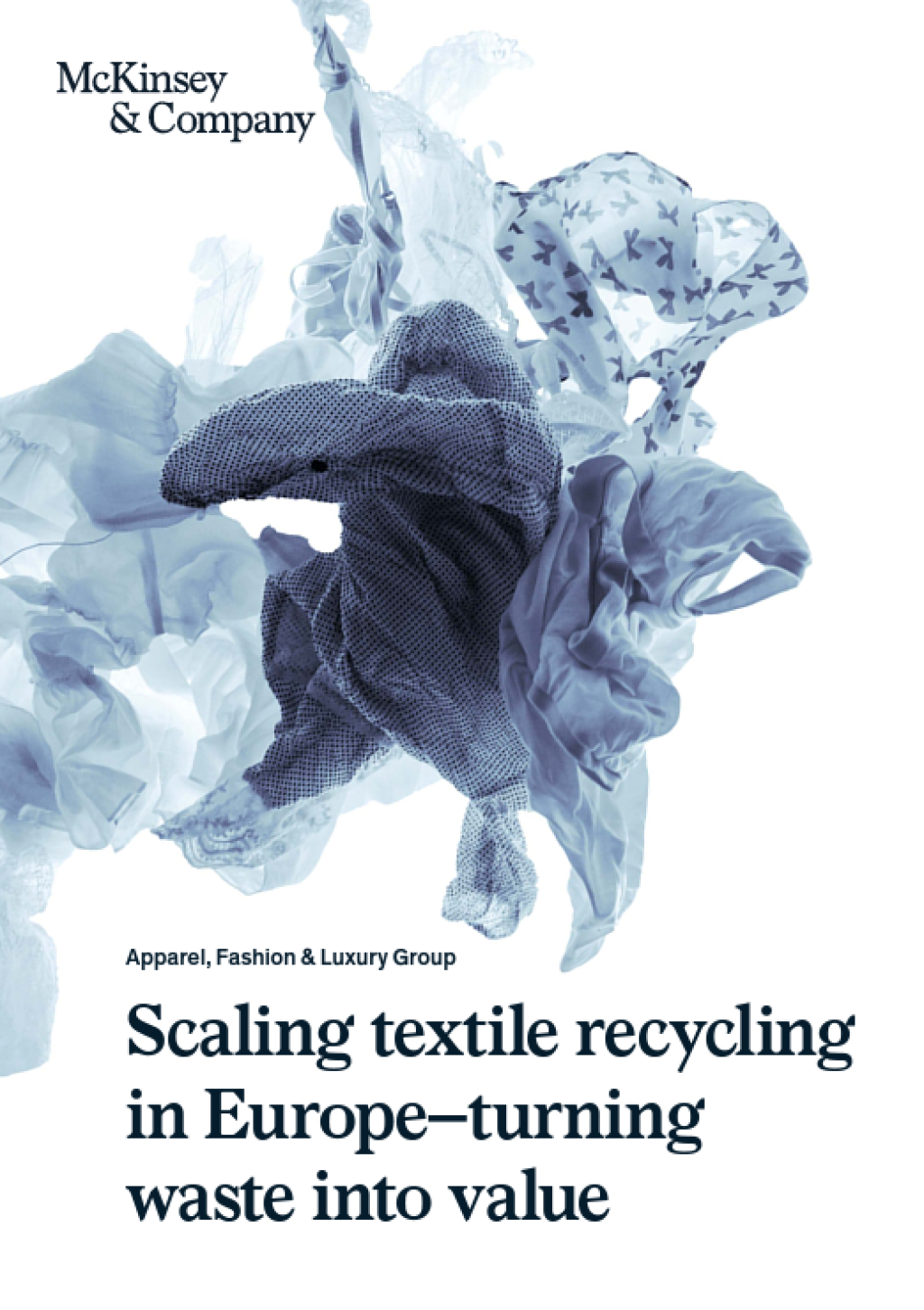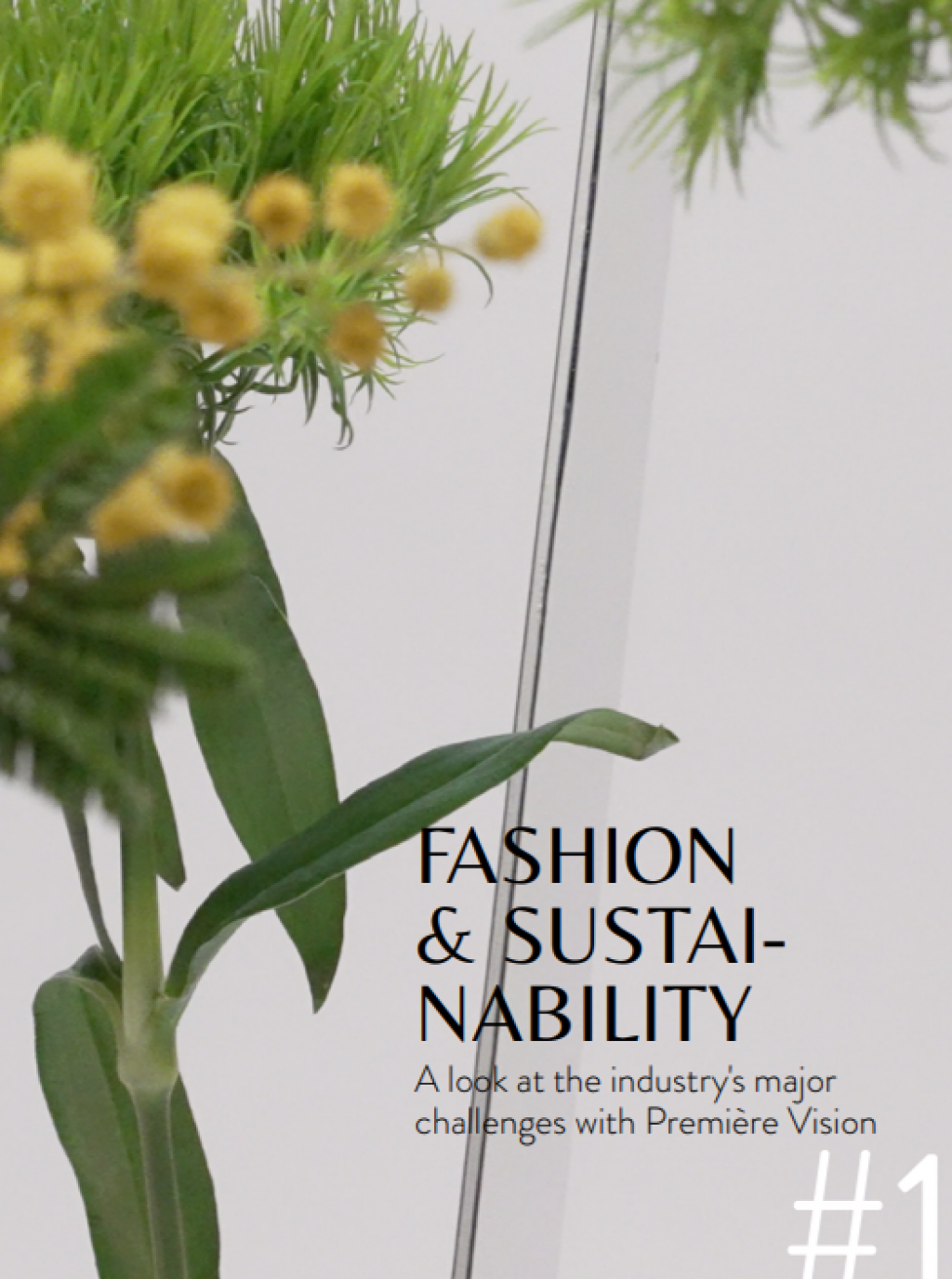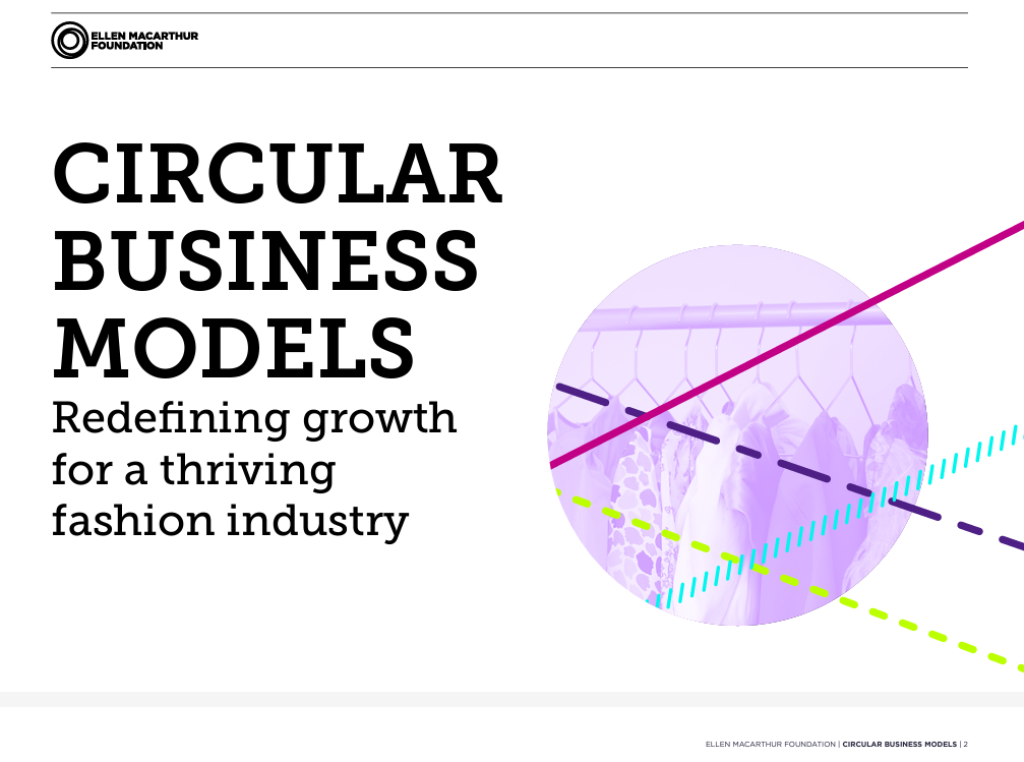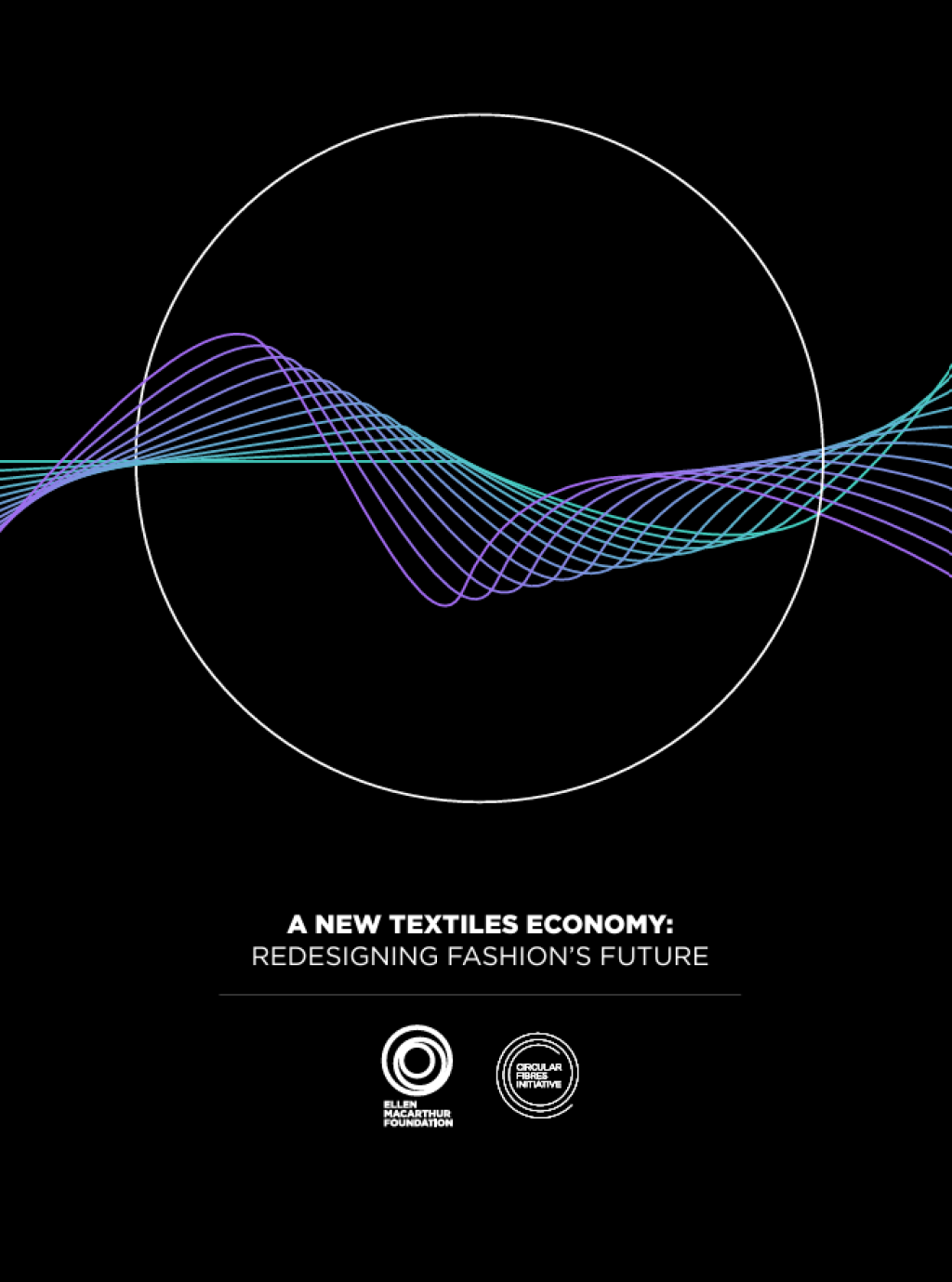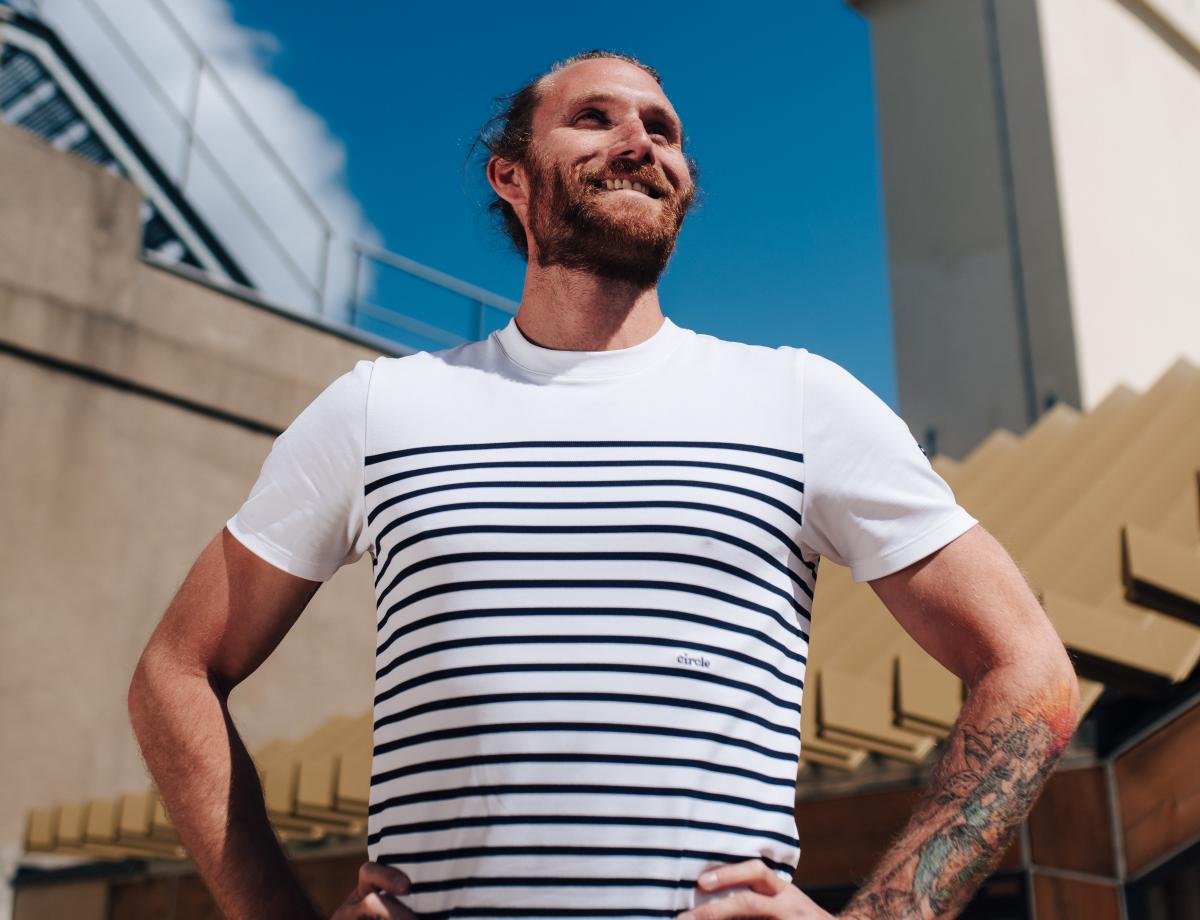
How did you get the idea of producing the sports T-shirt, Challenge, made from recycled polyamide, with Saint James?
Saint James provided us with its local know-how, its history, its renown and its years of experience. We introduced to them the athleisure clothing market and new, lighter, recycled materials, marketing campaigns with influencers, pre-ordering, a new go-to-market strategy. We wanted a noble material to create a product that could be worn as day wear and be high performing for playing sports. A T-shirt is a product that everyone knows and an essential for sportsmen and women.



Why is recycled polyamide an interesting material?
Made from a mix of 4% elastane, it makes up 96% of our new material. Our industrial knitting partner, Henitex, has never developed this type of technical lightweight material, that’s robust. This represents an enormous challenge. We even worked this material with the piqué technique so as to make it more breathable and give it a noble aspect by its touch worthy of a 100% cotton polo shirt. The result is high-performance technical clothing, that doesn’t look like it. Light but robust.
Can you explain to us the this t-shirt’s value chain?
Our polyamide comes entirely from nylon off-cuts from a factory in northern Spain and the elastane comes from Italy. The two are blended together in France, at Coteau, and the Henitex knitting factory is right next door. Dyeing also takes place here. The T-shirt is assembled in our Saint James workshops. The loop is very local. Indeed, from the recycled materials to knitting operations and the sewing of the product, no more than 1,917 km have been travelled. And all of this without air or maritime transportation.
The threads and knitting are GRS (Global Recycled Standard) and Oekotex standard 100 certified and meet the European REACH regulations on the use of chemical substances in the industry. As a minimum, our suppliers are certified ISO 9001, 14001 and Oekotex standard 100. We’ve replaced labels with a QR code which enables the product’s passport to be accessed. Even the QR code, such as those on the Saint James logo on the sleeve, is made from Italian recycled polyester.
What is the environmental impact of this T-shirt?
We’re trying to conduct a complete life cycle analysis for all of our products. We’ll soon have the results. We know that in the manufacturing cycle, the product travels less than 2,000 km compared to 40,000 km for sports products manufactured in Asia. Moreover, it is made from 96% of recycled materials that themselves can be 100% recycled, and this is a huge environmental benefit!
Is the T-shirt designed differently in order to last longer?
We decided on a crew neck because it wears less than a V-neck and small openings were inserted on the sides at the bottom to prevent the stitching from breaking. Each sewed stitch has also been reinforced. Saint James is renowned for their pullovers that last a lifetime. They have taken on the task of achieving the same manufacturing quality for this T-shirt.
What are the technical limits when making this T-shirt?
They are related to the material’s lightness and its piqué structure, and not to the fact that recycled thread is used. But producing it hasn’t been simple either as midnight blue colours can bleed onto white colours. We had defective material and many off-cuts before were able to develop want we wanted. So, in order not to lose any of the material that we didn’t manage to use, we set up an up-cycling project in partnership with schools such as IFM and Casa93, to recycle it. These loses could’ve been an obstacle. But our priority is to first change things, to reduce the environmental impact of products, before becoming a financial success. Now, we’re going to be able to duplicate colours and bring out new models using this material.
How do you plan on recycling used T-shirts?
Firstly we launch all our products in pre-order format in order to avoid overproduction and therefore prevent having unsold stock. Then, we’ve tried to blend the least amount of thread as possible, to rethink the product in its simplest form and to avoid anything that could make recycling complicated. Furthermore, we are inciting our customers to return products that have reached the end of their service life by offering them their next purchase at half price. All they need to do is download a voucher from our website. Once these products have been recovered we send a stock of used T-shirts to our partner in the Alps once a month. The different materials are separated and then sent to our spinners in Italy. Over time, we’ll therefore no longer invest in new thread but in recycling our own, that we’ll use in our products. Our future collections will be made from our previous collections.
How is the product viewed by customers?
Customers who have bought it, have given an average score of 4 .9/5. “Fantastic quality and finish. Possible to use for sport or simply to wander around in town or in the countryside”. “A T-shirt with a perfect cut and remarkable breathability. Practical for sport and “daily living”. We are extremely proud of these words from our community! And even champions have validated it. Stéphane Houdet, Gold medal winner in the tennis doubles at the Tokyo Olympic Games, wore the T-shirt made with Saint James during the double finals and the men’s single semi-final at Roland Garros. He loved it. The Circle’s community and that of Saint James are very different. And both were very enthusiastic when they received their pre-ordered goods.
What’s your next step?
We will work on a windrunner for winter, with recycled zips that can themselves be recycled and reflective head bands. By 2024 we would like to have the first zero plastic running shoes, 100% biodegradable, made from castor oil and wool or algae. Our objective is to create an entire environment-friendly range of sportswear. The aim is to also widen this positive impact as well as our markets in Europe and in the United States.
Thank you;Romain TREBUIL , Cofounder and CEO of Circle Sportswear



